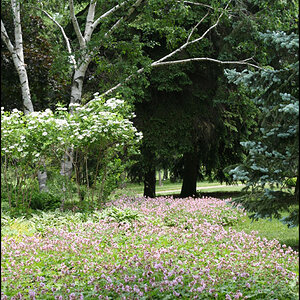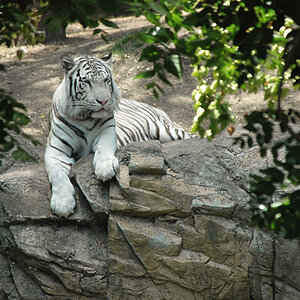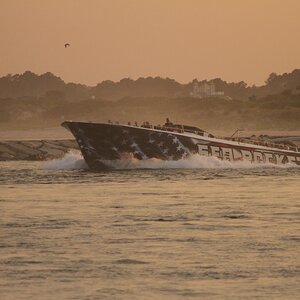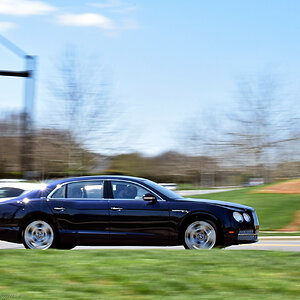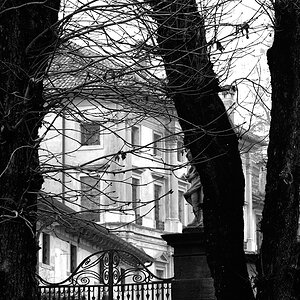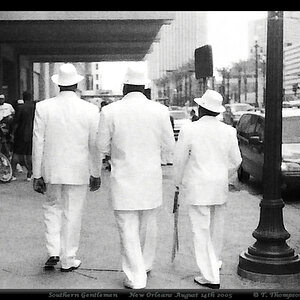Simonch
No longer a newbie, moving up!
- Joined
- Feb 17, 2006
- Messages
- 112
- Reaction score
- 63
- Location
- St. Cyrus
- Can others edit my Photos
- Photos OK to edit
Hey folks, time for a stupid question!! i have a 75-300 lens for my digital rebel, its the cheapest lens that CAnon do, and doesnt have any markings on the focus ring, where about is the infinite focus? or does this lens even hav such a thing?!


